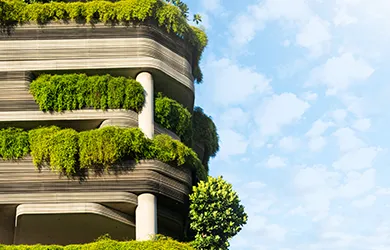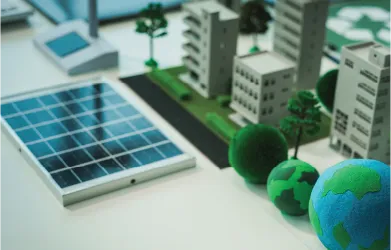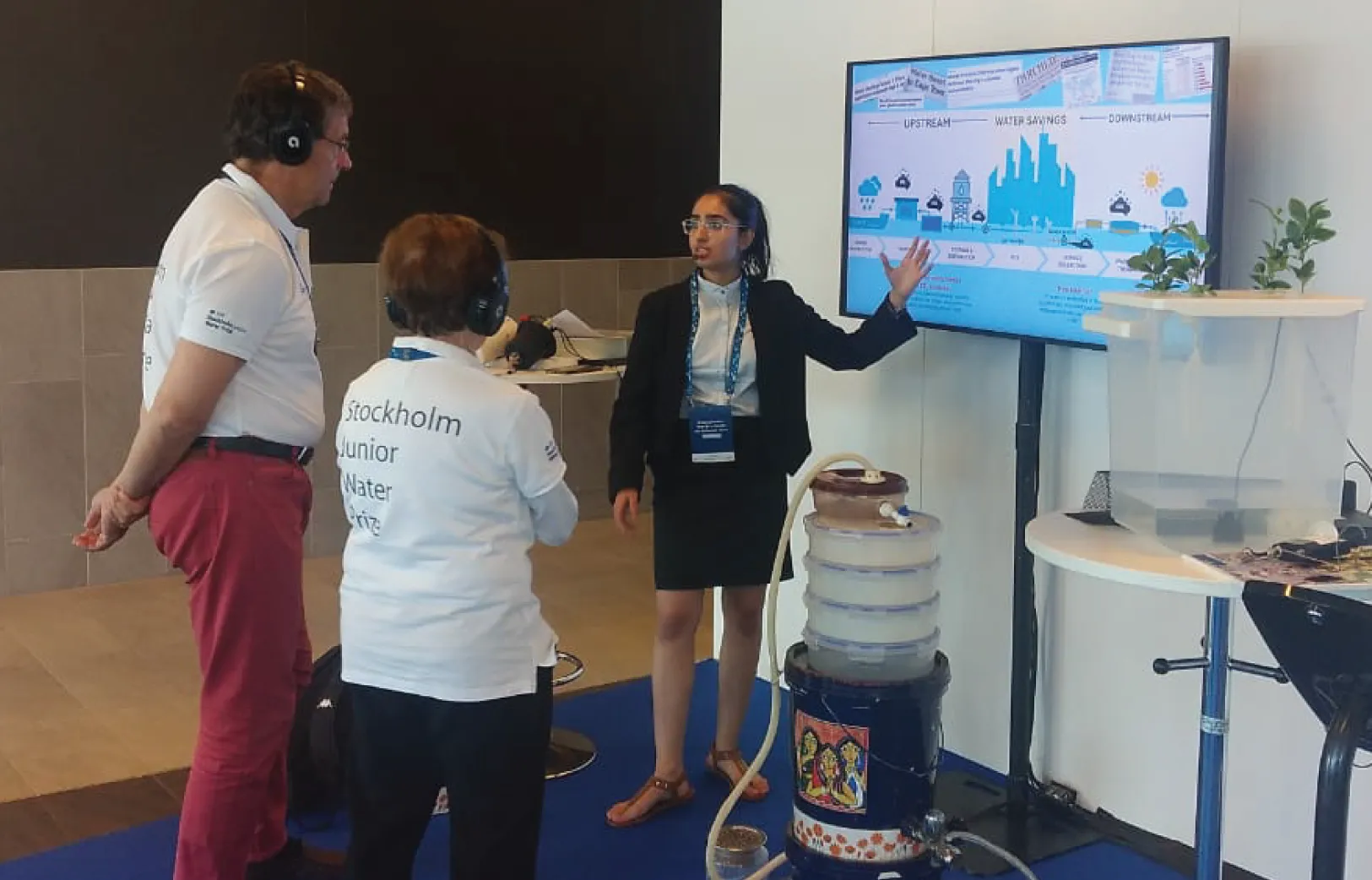- Our Story
- Our Impact
-
Our Projects
Residential
Commercial
- Careers
Cost effective sustainable solutions for the environment
By Lodha
June 11, 2019Commercial spaces world over are going green with high-rise offices competing to get certified in terms of green credentials. The process of sustainability was able to lay ironclad groundwork across the Atlantic by way of LEED and WELL Building Model certifications. Bryant Park in New York was the first high-rise to receive its LEED certification whereas the Bank of America Tower in Manhattan entered the golden league of world's greenest skyscrapers.
Closer to home, the Indian government launched several initiatives to encourage the inclusion of sustainability in daily Indian lives. The Smart Cities Mission and Atal Mission for Rejuvenation and Urban Transformation played an instrumental role in aligning infrastructure with energy efficiency. Business parks in cities such as Pune, Hyderabad and New Delhi turned pioneers by being awarded with LEED certifications. Array of solar panels, intensive recycling programs, effective use of natural light, better insulation and efficient waste management contributed to their towering success.
Taking a leaf out of their books, many workspaces walk the cost-effective route by adopting the following sustainable solutions for the environment.
CHANGING UP THE BUILDING MATERIALS
20th Century buildings began to move away from the three primary construction materials of wood, stone and clay. Recent times have seen the emergence of plastic as a reliable, cost-effective material that makes for sustainable constructions. PVC (Poly Vinyl Chloride) or Vinyl is one of the most versatile type of plastic that finds applications in flooring, piping and singly-membrane roofs. Extremely easy to process, Polystyrenes are praised for their dimensional stability, hardness, self-extinguishing abilities in addition to their affordability.
RECYCLING FLOOR PLANS WITHOUT A BUDGET DENT
Companies are fast coming to the realisation that renovation doesn't mean doing away with the old. As the need to reduce carbon footprint becomes more apparent workspace designs take up the 'if it isn't broken, repurpose' approach with more gusto. From floors, carpets to the glass used in windows, firms are increasingly trying to repurpose instead of replacing them. In addition to this, modular furnishings are allowing space reconfiguration to become flexible, cheaper and easier on the environment. Discarded plastic bottles, fishing nets and reclaimed wood are getting a second life as the market for recycled goods grows. Add to it the advent of the market of leasing furniture that allows companies to stay within the budget while meeting their changing needs.
TAKING THE SOLAR ROUTE
Solar architecture has increasingly become a reality for numerous commercial spaces who are in the business of sustainability. Bountiful benefits follow the installation of solar panels. These are high durability, low to zero maintenance costs, zero emissions, substantial reduction of carbon footprint in addition to the green benefits in terms of money. A host of solar technologies can be incorporated in office design, the primary being, Passive Solar that aids in maximisation of natural lighting instead of electricity. Passive heating, active heating and active cooling are some more solar technologies that make use of glass rooms, heat absorbent plates and fans to leverage the energy efficiency of a building.
Sustainable design has transcended from being cost effective and is quickly embracing the role of responsible design. While creation of functional spaces is given prime importance, so is elevating and enhancing the employee experience. Thus, it becomes the central point for introducing greener technologies by way of recycling, repurposing and doubling the scope of energy efficiency. Every single step taken here is towards the direction of immeasurable growth while maintaining a substantial ecological balance.
To know about commercial projects from Lodha, click here
You may also like



 Enquire
Enquire
 Call
Call
 chat
chat
 Search
Search





